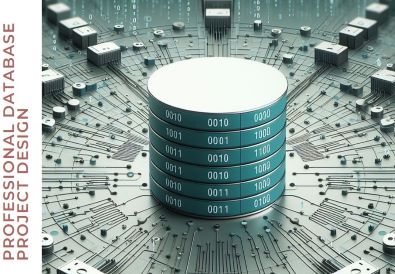
Database is an organized collection of structured data stored electronically. It allows for easy access, management, manipulation, and updating of data.
Databases can equally serve massive websites, small businesses, or a small group of people. That’s because they make accessing information using a computer much easier.
During many years, I did projects requiring different operations with the databases: planning, designing, creating, maintaining, and consuming.
The main database types I participated in and worked with were: MS SQL, My SQL, PostgreSQL, MS Access, and SQLite. Also, during the last few years, I used cloud databases (Google Database, ARDS, and Azure SQL) in some applications.
The above-listed databases have different features, but we also did some common activities with them.
Some Experienced Activities
Some experienced activities database planning examples were:
- Plan, design, and create a MySQL database for city public transport monitoring applications. Daily traffic was over 2 million records. According to workflow logic, we created some functions, procedures, and scheduled events. Also, we scheduled some tasks for database backup and restore jobs.
- MS SQL database for employee card registration (maintenance, scripting, consumption by apps).
- MS SQL database for city transport tickets and traffic accounting. The used SQL objects are: agent, broker, replication, functions, procedures, and triggers. The database was connected to a My SQL DB and retrieved data from it.
- My SQL database projected for a company’s official website.
- MS SQL database projected for a company’s official portal.
- MS Access project for accounting of the money loan operations.
- MS Access project for accounting of the wholesale trading operations.
- Scripting in Google Collab to retrieve data from the Google Database.
Actually, there are much more projects to recall, but I think the ones listed above are enough for demonstration purposes.